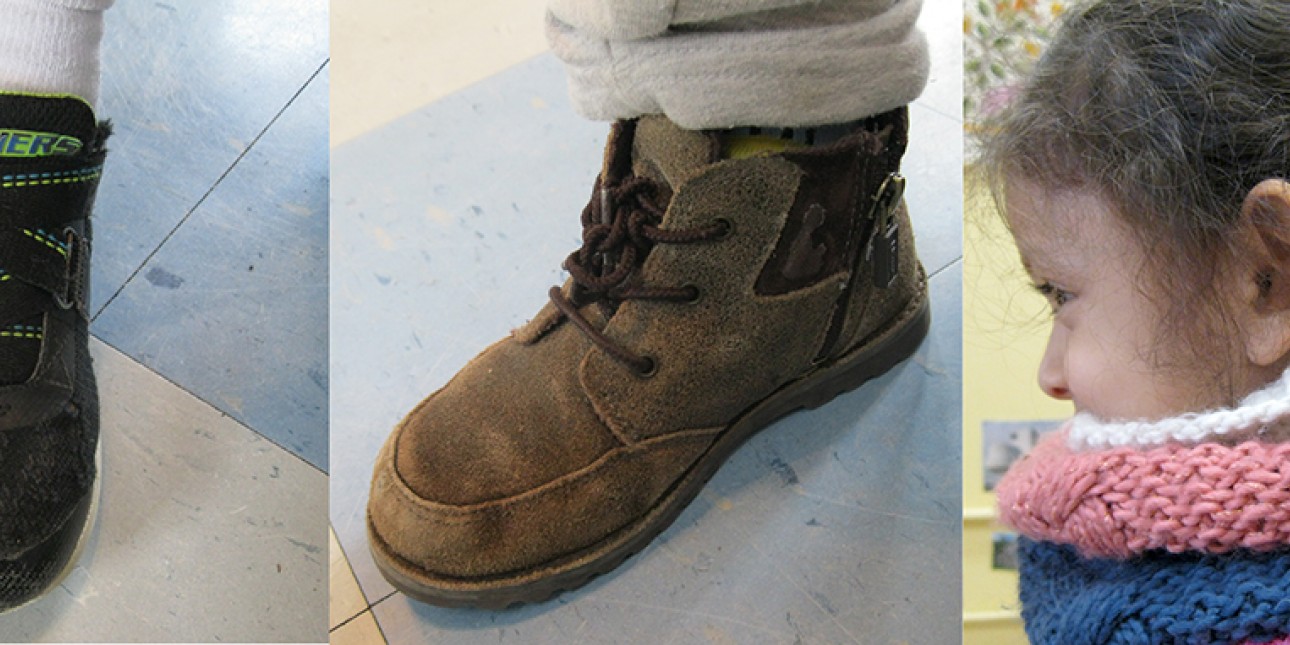In the Classroom: The Starfish

I did it all by myself!
As the season has shifted solidly into winter we spend a lot more time in the classroom preparing for the weather. Each time we go out we have many, many more layers and often we change from shoes to boots. Not only do the children get to experience the wonder of winter, but this also this gives our students time to practice their self-help skills!
Over a winter season we often hear the children’s language transition from, “I can’t do it!!” to the cheerful, “Look, I did it all by myself!” which is certainly music to our ears. We can see the pride and confidence beaming from their eyes.
There are a few ways we adults can support children to have more and more of these moments at school and at home.
1. Practice, practice, practice!
When you are not rushed, take the time to let your child practice putting on their shoes, and coats, hats and gloves.
- In the classroom, we call children that need more practice to start preparing to go outside first so that they don’t feel rushed and can take the time they need.
- At home, try to slow down and allow children to try independently. This one is hard when you are running late, so pick the right moment.
2. Set them up for success with the right gear.
All teachers LOVE this one! For this, Starfish were asked to model items that they can put on by themselves.
- Velcro is a preschool room’s best friend. It can be yours, too!
- Shoes with laces...but also a zipper! Children who cannot yet tie their own shoes, can still have the style of laces. It’s just awesome!
- The neck warmer (an infinity scarf works, too). These are easy to pull on and very warm and safe. Traditional scarves are often hard for children to wrap around their own necks, and can be dangerous on the playground when they get unwrapped and become a toy or a trip hazard.
- Use mittens if your child is not yet able to put individual fingers into gloves.
3. Help each other out.
One of the joys of teaching in a mixed-age classroom is that there is usually another child that can help a friend in need.
- In the Starfish room we say, “Ask three then me.” When children are having difficulty, they ask three friends for help before asking a teacher. This helps them learn to get help from each other, as well as builds the confidence of the child that can offer assistance.
- If you don't have older siblings at home, try setting a timer for a minute (or three) to remind your child to work on something by themselves before asking you.
Practicing self-help-skills not only build children’s independence and confidence, but is vital to their development as they build muscle control, persistence, and problem solving skills. At first, perhaps children are only able to put on pajamas by themselves, but eventually a three year old can be completely in charge of dressing independently.
Classrooms